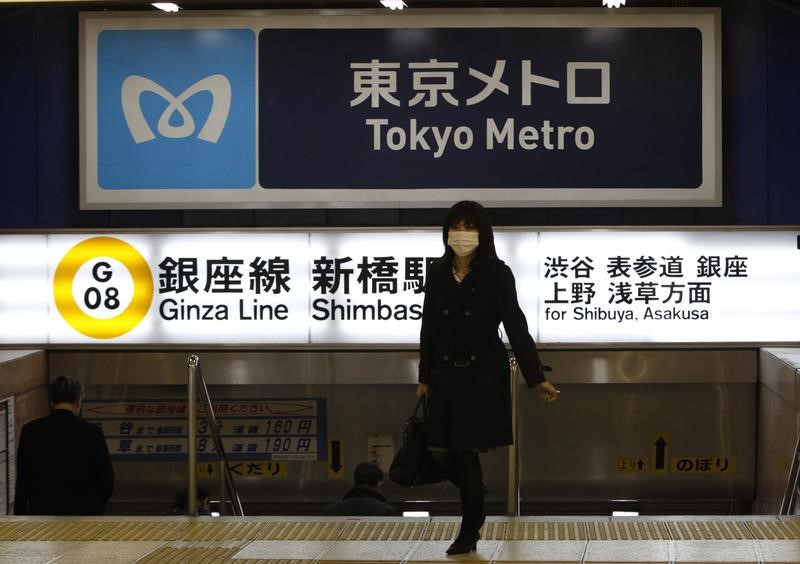Investing.com-- Inflation in Japan’s capital grew more than expected in October, coming just a few days before a Bank of Japan meeting where investors expect more signals on a potential pivot away from its ultra-dovish policy.
Tokyo core consumer price index (CPI) inflation- which excludes volatile fresh food prices- grew 2.7% at an annualized pace in October, data from the Statistics Bureau showed on Friday. The data beat expectations that inflation would remain at the 2.5% rate seen in September.
A core reading that excludes both fresh food and fuel prices grew 3.8% in the month, remaining close to 40-year peaks and indicating that underlying inflation in Japan’s capital remained high.
Headline CPI inflation grew 3.3%, accelerating from 2.8% in the prior month.
Persistently higher food prices were a key contributor to the higher inflation reading, as were higher fuel costs as global oil prices rose. But persistent spending on discretionary products and recreational spending also factored into higher inflation, as the Japanese consumer remained healthy despite increasing inflationary pressure.
Tokyo CPI inflation usually acts as a precursor to nationwide inflation, given that the greater Tokyo area is by far the biggest contributor to Japanese economic growth.
While inflation had eased earlier this year on government subsidies on electricity, this trend now appeared to be reversing as food and energy inflation remained high. Data released last week also showed that nationwide CPI inflation grew more than expected in September.
Deep depreciation in the yen- which was trading close to 33-year lows- also factored into higher inflation, as import costs rose.
Friday’s reading comes just a few days before a Bank of Japan meeting, with the central bank set to keep interest rates at negative levels when it meets this coming Tuesday.
But sticky inflation, a battered yen and rising bond yields are expected to push the bank into potentially further altering its yield curve control mechanism- a move that traders have largely treated as an interest rate hike.
The bank is also coming under increasing pressure to consider a shift away from negative interest rates, given that Japan’s economy has remained resilient, while inflation has remained above the BOJ’s 2% annual target for over a year.
